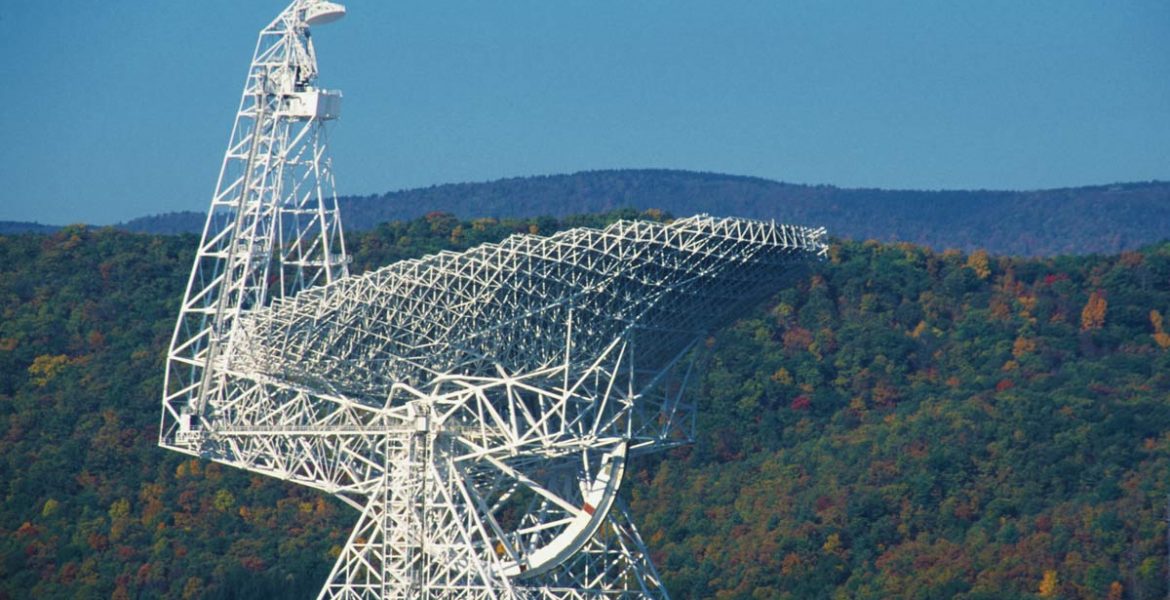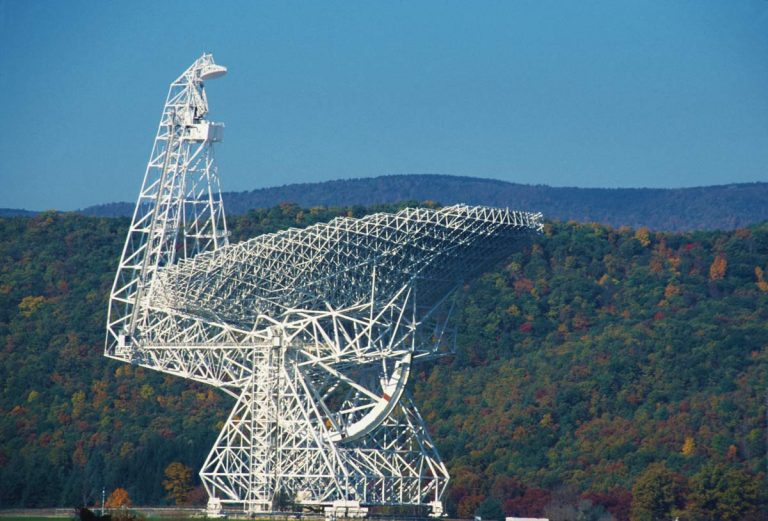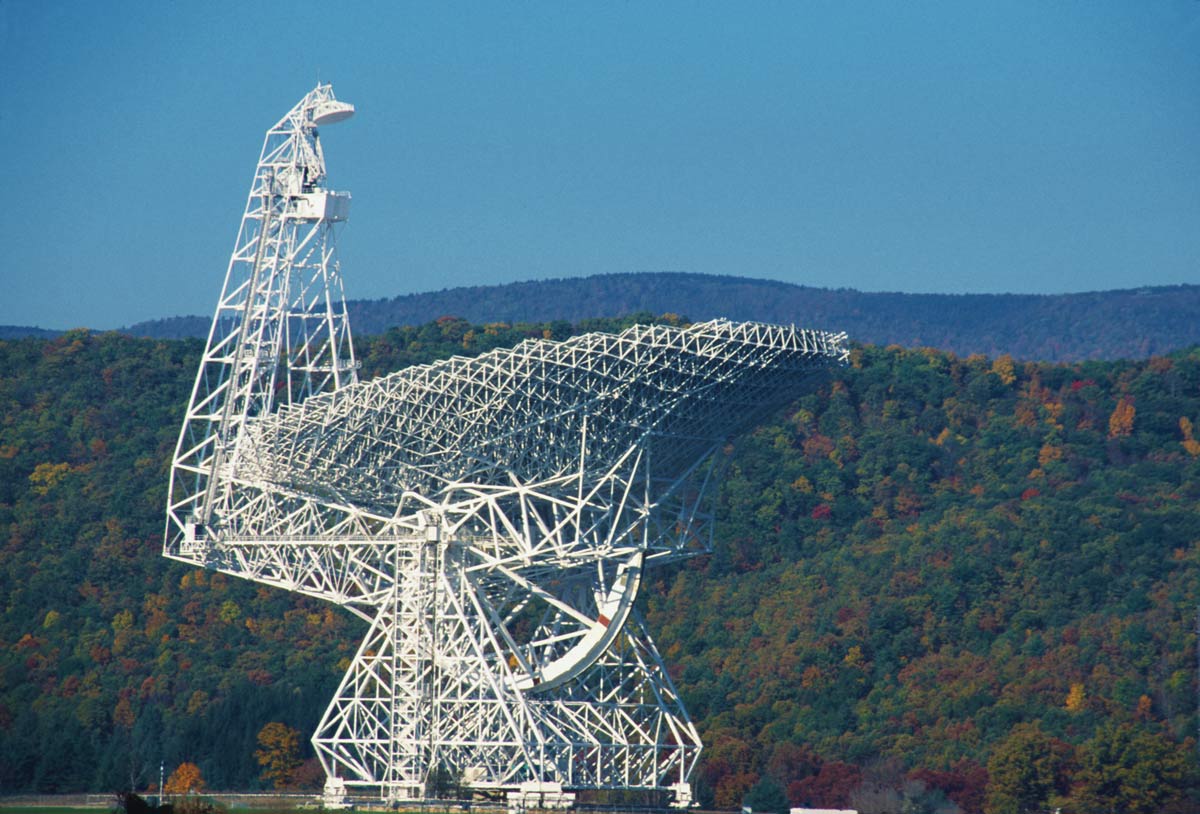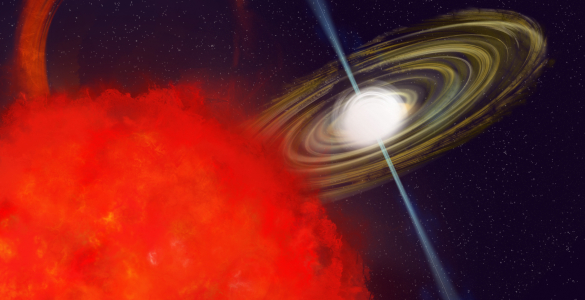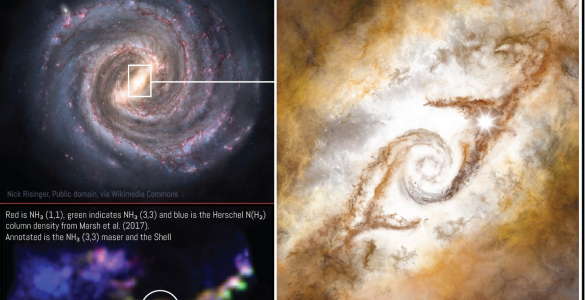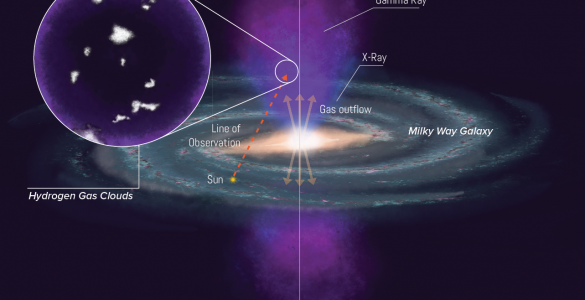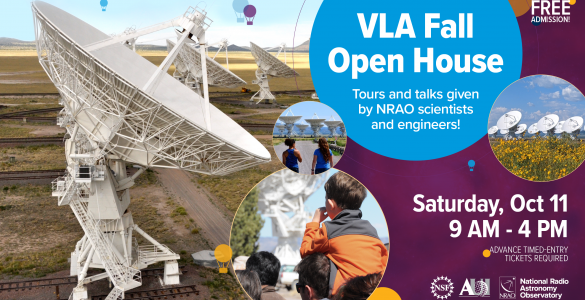West Virginia University (WVU) and the National Radio Astronomy Observatory (NRAO) together received a nearly $2 million, three-year grant from the National Science Foundation (NSF) to expand the reach and impact of the highly successful Pulsar Search Collaboratory (PSC) student science education initiative. Approximately $700,000 of the grant will go to the NRAO; WVU will receive approximately $1.3 million.
The PSC is a joint project between the NRAO and WVU to give high school students real-world experience doing pulsar astronomy research.
The grant will enable these two leading research organizations to take the existing PSC model and establish PSC hubs throughout the country. The expanded program will rely on local university support and a large online presence to link all of the hubs into a much larger, more effective STEM (science-technology-engineering-math) consortium.
“The Pulsar Search Collaboratory has resulted in astronomical discoveries, and has also been very effective at fostering interest in science and technology in students and in impacting their college and career choices,” said Maura McLaughlin, principal investigator on the grant from WVU. “This NSF support will allow us to reach more kids — and a more diverse group of kids — who would not otherwise be able to take advantage of this exceptional opportunity.”
“The PSC in its first incarnation had a significant positive effect on students’ motivation to pursue STEM careers. By engaging students as researchers within the professional community of scientists, they began to see themselves as scientists. Through this new grant from the NSF we hope to broaden this impact to students across the country,” said Sue Ann Heatherly, principal investigator on the grant for NRAO.
High school students who participate in the PSC help analyze a portion of more than 130 terabytes of data collected by the Robert C. Byrd Green Bank Telescope (GBT) at the NRAO in Green Bank, W.Va., to hopefully uncover the telltale signal of a previously undiscovered pulsar.
The sought-after signal, however, is hidden like the proverbial needle in a haystack of data. Students who participate in this program take on the task of sifting through the data using newly acquired knowledge about pulsars and radio astronomy. The work is painstaking, but the payoff, a never-before-seen celestial object, is remarkable. Those students and teams that detect a pulsar candidate are invited to Green Bank to actually participate in an observing session with the GBT to hopefully confirm their candidate detection.
Pulsars are rapidly spinning neutron stars, the superdense remains of massive stars that have exploded as supernovas. As the neutron star spins, lighthouse-like beams of radio waves, streaming from the poles of its powerful magnetic field, sweep through space. When one of these beams sweeps across the Earth, radio telescopes can capture the pulse of radio waves.
To date, this program principally targeted students in West Virginia and surrounding states.
The new NSF funding will expand the program to other states, thanks to the participating colleges and universities, including the California Institute of Technology, Pasadena; Cornell University, Ithaca, N.Y.; El Paso Community College, Texas; Howard University in Washington, D.C.; Montana State University, Bozeman; Pennsylvania State University, State College; Texas Tech University, Lubbock; University of Vermont, Burlington; Vanderbilt University, Nashville, Tenn.; and Morehead State University, Ky.
WVU has been conducting research and teaching at the Green Bank Telescope since the instrument came online in 2000. In 2013, WVU agreed to a partnership with the National Radio Astronomy Observatory to provide $1 million to operations over a two-year period in exchange for dedicated operating time on the instrument. In 2015 the National Science Foundation provided $14.5 million over a five-year period to create a Physics Frontier Center that will use the Green Bank Telescope and the Arecibo Observatory to study low-frequency gravitational waves.
The National Radio Astronomy Observatory is a facility of the National Science Foundation, operated under cooperative agreement by Associated Universities, Inc.
# # #
Contact:
Charles Blue
(434) 296-0314; cblue@nrao.edu






